SCHINNEN, Netherlands - The Joint Service Summer Safety Campaign 2010 is underway, encouraging everyone to "Play It Safe" and engage co-workers, friends and family to prevent off-duty traffic fatalities this summer.
Statistics confirm that service members are safer on-duty than off-duty. "Traffic-related deaths among military personnel so far in 2010 are already approaching 100," according to Nino Antonacci, USAG Schinnen Safety Manager.
U.S. Army Safety Center statistics show that 70 percent of all Army personnel traffic fatalities to date in 2010 occurred while service members were off duty. Nationally, accidents were the fifth leading cause of U.S. deaths in 2006 and 2007, according to the Centers for Disease Control and Prevention. Preliminary data for 2008 looks likely to confirm this trend.
"It's not a case of bad luck that causes accidents to happen. More often than not, there's a series of bad choices, poor discipline or human error that leads to an accident. It's rarely just a matter of bad luck," Antonacci said.
It has not been a matter of luck, then, that the annual number of accidental deaths for the Army has fallen in the past five years. In 2004, the number reached 177; in 2006, fatalities dropped to 153, and to 118 in 2009.
Living in Germany or the Netherlands appears to provide an advantage when it comes to deaths resulting from traffic accidents. According to the World Health Organization, the number of deaths per 100,000 people in the U.S. is 15.2, but it is less than 10 in Germany and the Netherlands. Rates in Switzerland and the United Kingdom are also under 10.
The report cites well maintained road networks, reduced or limited truck and van movements, managed traffic volume and flow, and enforced licensing standards as factors in lower accident rates.
"You must be 18 years old and complete costly driving education courses to be eligible for a license in Germany or the Netherlands," said Danny Janssen, USAG Schinnen Drivers License Instructor. "We teach newcomers about the control measures and road designs that influence the traffic flow. They are there for a reason - to make our roads as safe as possible."
The 2010 Summer Safety Campaign urges military personnel and family members to make safety planning part of their overall summer activities. Antonacci suggests one effective way to do that is to make a mental "risk assessment" of your surroundings.
"If you're having a barbecue, for example, is the grill supervised and away from the kids playing football' If you're going on a long trip, do you have a first aid kit, emergency phone numbers, water' Those are simple, common sense risk assessments," Antonacci said.
The Joint Service Summer Safety Campaign 2010 continues through Sept. 30. Plenty of training materials, information and resources are available for individuals, units, family members and leaders to hone their safety skills. Call the USAG Schinnen Safety Manger, 0031-46-443-7242 or check out the information available at: http://www.army.mil/standto/archive/2009/06/25/.
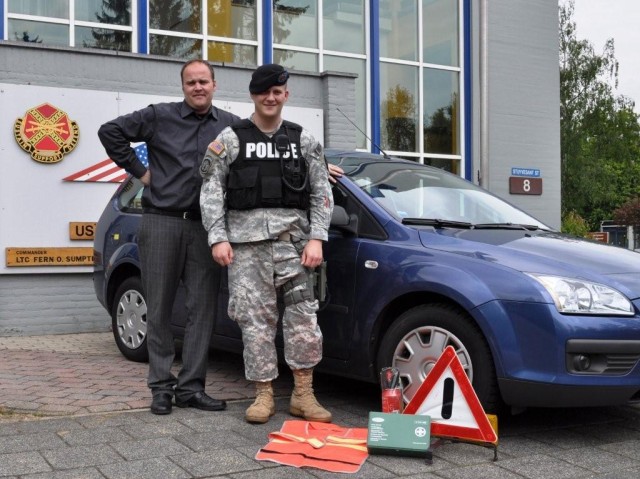
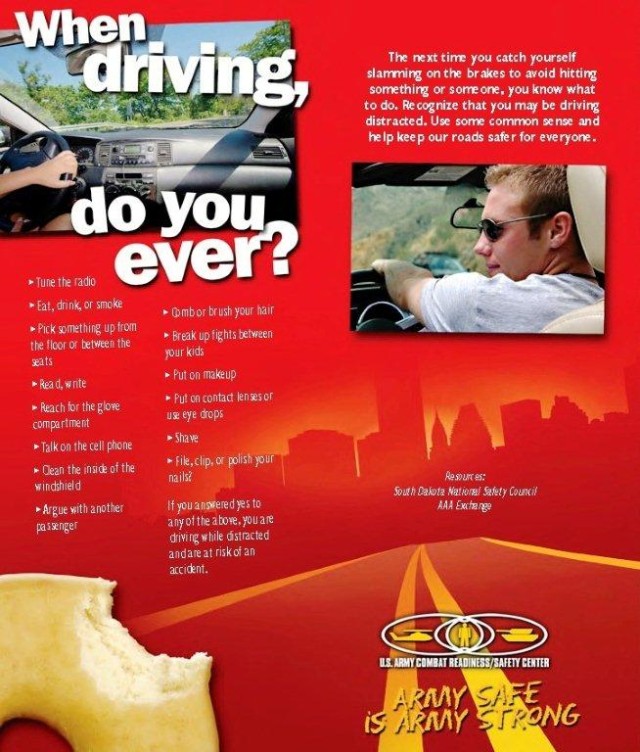
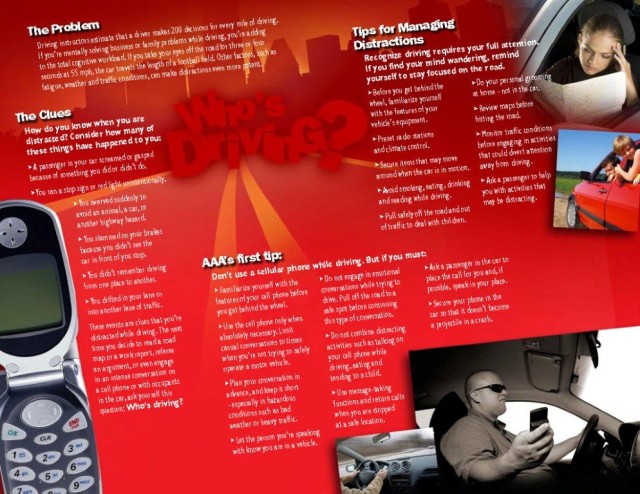
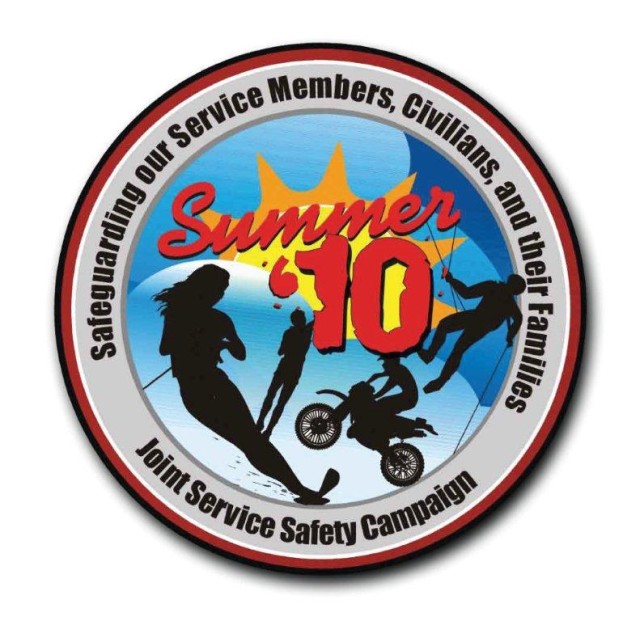
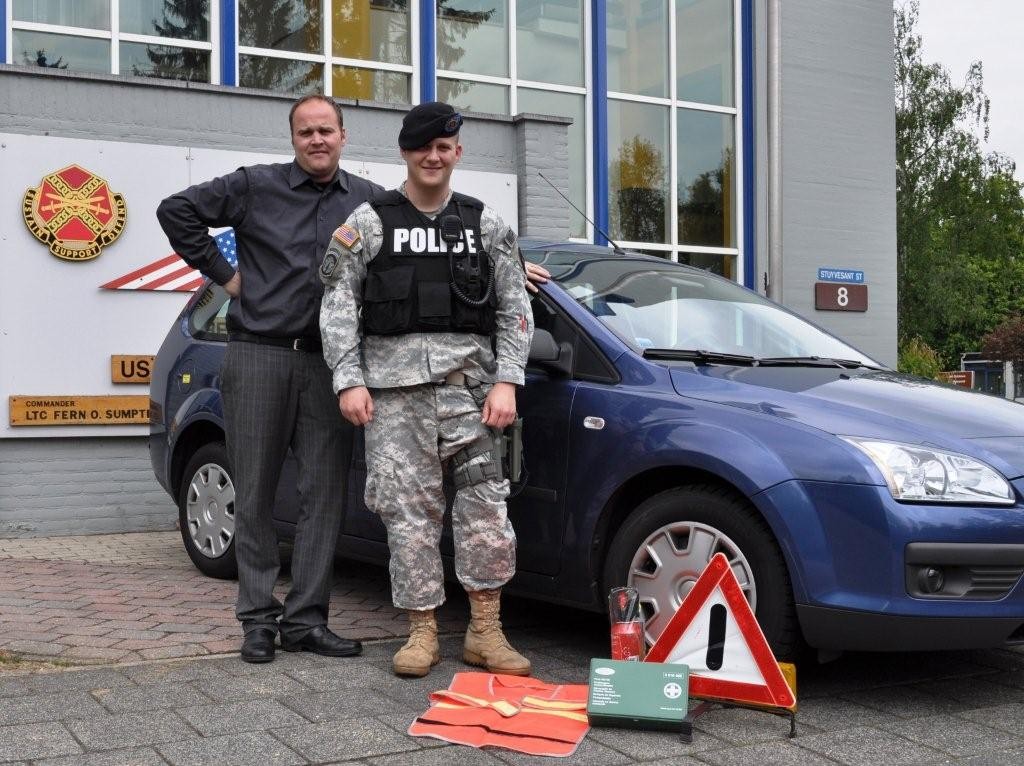
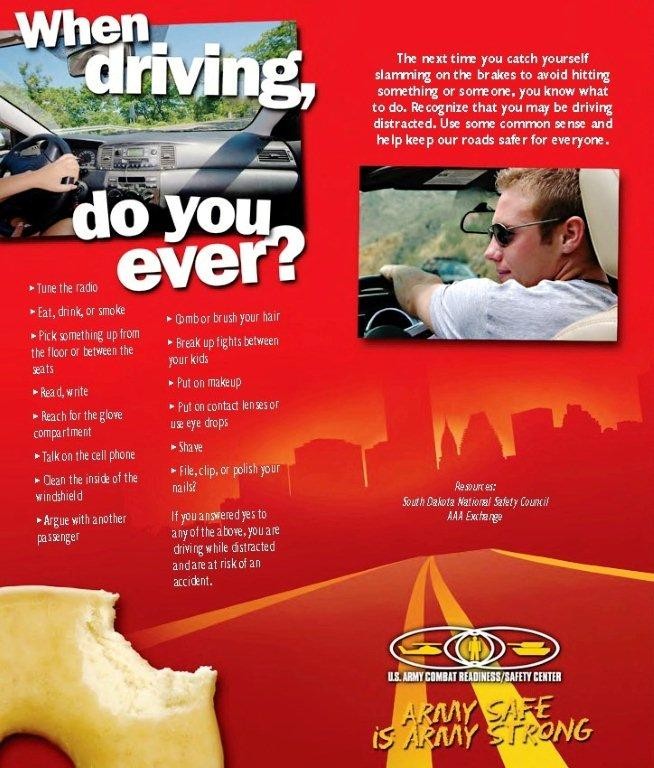
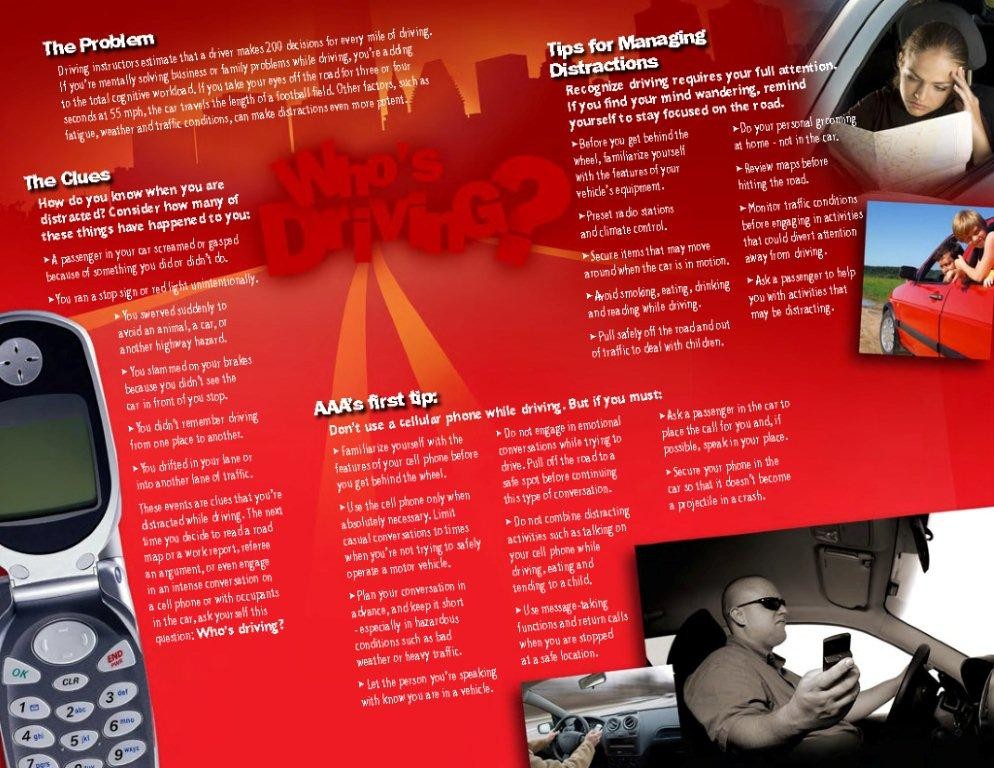
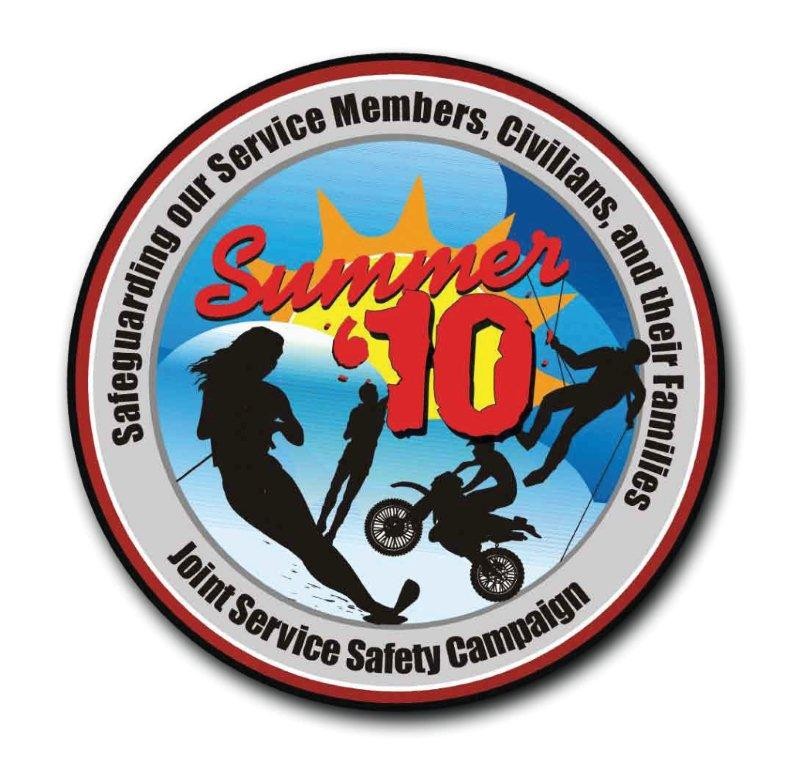
Social Sharing